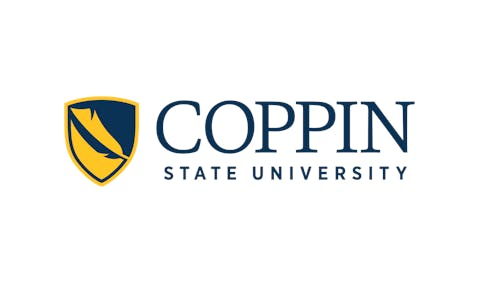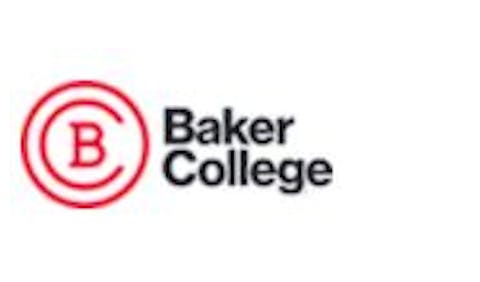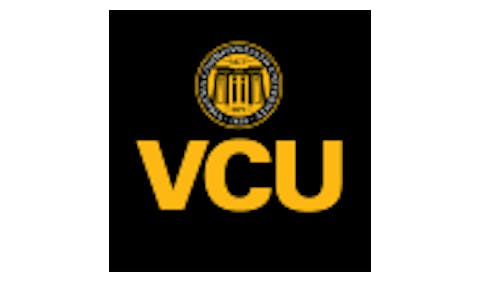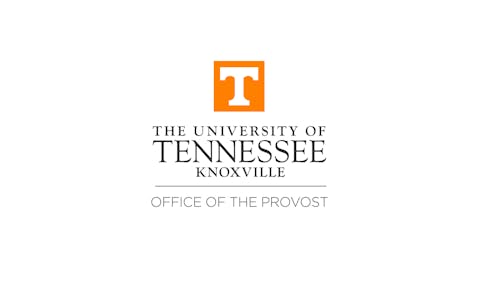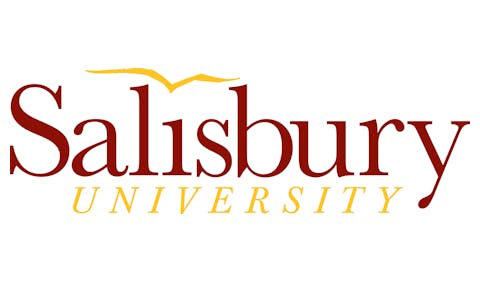As chief executive officers in the California community college system, we embarked upon the topic of STEM out of an acute awareness of the lack of 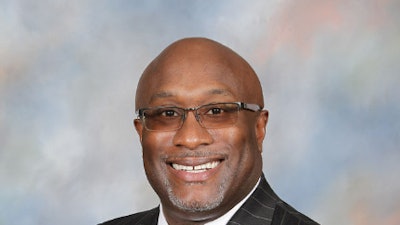 Dr. Lennor Johnson
Dr. Lennor Johnson
However, disparities in STEM degree attainment reflect systemic barriers that hinder progress. In 2018, according to the Pew Research Center, Black students earned just 7% of STEM bachelor’s degrees, compared to their 10% share of all bachelor’s degrees and 12% representation in the adult population. Similarly, Hispanic students earned 12% of STEM bachelor’s degrees, despite comprising 15% of all bachelor’s degree recipients (Pew Research Center). Women earned 53% of STEM college degrees, slightly below their 58% share of all college degrees. While women have achieved parity in some STEM fields, such as biological sciences, they remain underrepresented in high-paying and high-demand areas like engineering and computer science.
These disparities highlight significant challenges. Minorities, particularly Black and Latino students, remain underrepresented in STEM fields relative to their proportions in the overall population. Systemic barriers—including financial burdens, limited access to competitive institutions, and insufficient representation—contribute to these inequities. Black students, for instance, graduate with the highest rates of debt while facing the lowest generational wealth, a dynamic that limits their ability to build wealth for future generations.
This lack of diversity not only impacts individuals but also has broader societal implications. The absence of minority voices in the development of resources, technologies, and healthcare solutions often results in the neglect of entire communities. Addressing these disparities is crucial for fostering a diverse and inclusive STEM workforce that reflects the richness of our society and drives innovation.
To ensure equity in STEM education, colleges and universities must take proactive steps to recruit, support, retain, and graduate minority students. This article outlines actionable strategies to create inclusive and supportive environments that empower students to succeed in STEM and contribute to a diverse and innovative workforce.
1. Proper Support and Outreach Services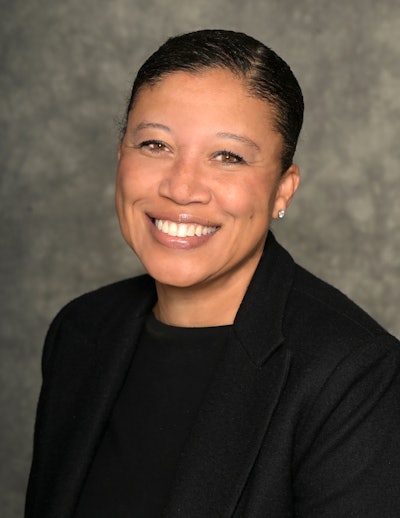 Denise Whisenhunt
Denise Whisenhunt
Comprehensive support systems are critical for minority students’ success in STEM. High school outreach programs introduce students to STEM early, while aligning curricula from high school to community college to university ensures a seamless transition. Robust dual enrollment opportunities and ample STEM courses in high schools help students build a strong foundation while reducing time to degree completion. STEM clinics and career workshops provide hands-on exploration and help students envision themselves in high-demand roles, building confidence and motivation.
2. Strengthening K-12 Partnerships
Collaborating with K-12 schools enhances the pipeline of underrepresented students into STEM. Early exposure to rigorous STEM concepts and tailored support prepares students for higher education. Schools and colleges working together can address skill gaps, inspire interest in STEM, and ensure students are equipped for the next step in their academic journey.
3. Academic Support in STEM
Providing targeted academic support within STEM programs is essential. Embedded tutors in STEM courses give students immediate access to help, while support courses or refreshers address gaps in understanding and build a strong foundation for success. Requiring tutor hours where appropriate fosters consistent engagement with support systems, improving retention and academic performance.
4. Developing STEM Programs and Enrichment Opportunities
Enrichment programs deepen student engagement and build valuable skills. Programs such as MESA (Mathematics, Engineering, Science Achievement) and STEM honors programs provide recognition and a sense of community. Hands-on experiences through robotics clubs, innovation centers, math and science summer programs and similar activities foster creativity and teamwork. These initiatives not only enhance learning but also connect students with mentors and peers who share similar interests.
5. Strengthening University Pathways
Clear transfer pathways to universities are critical for underrepresented students in STEM. Collaboration between community colleges and universities ensures smooth transitions, with flexibility for students from under-resourced schools, community colleges or rural areas. Universities can offer critical courses during students’ first year to address educational gaps, allowing students to continue if they pass. Late credit transfers and tailored pathways for non-traditional backgrounds help bridge systemic gaps and ensure equitable access to higher education.
The disparities in STEM degree attainment for Black, Latino, and female students underscore the urgent need for systemic change. By implementing these strategies, colleges and universities can create inclusive environments that empower underrepresented students to thrive in STEM fields. This comprehensive approach not only removes barriers but also ensures that diverse voices and perspectives are represented in STEM industries. Together, we can cultivate a workforce that reflects the richness of our communities, drives innovation, and addresses critical societal needs.
Dr. Lennor Johnson is Superintendent/President, Imperial Valley College.
Denise Whisenhunt is President of Grossmont College.
Behind the Desk: Perspectives of Black Community College CEOs is a column edited by Drs. Tina M. King, Jamal A. Cooks and David M. Johnson







